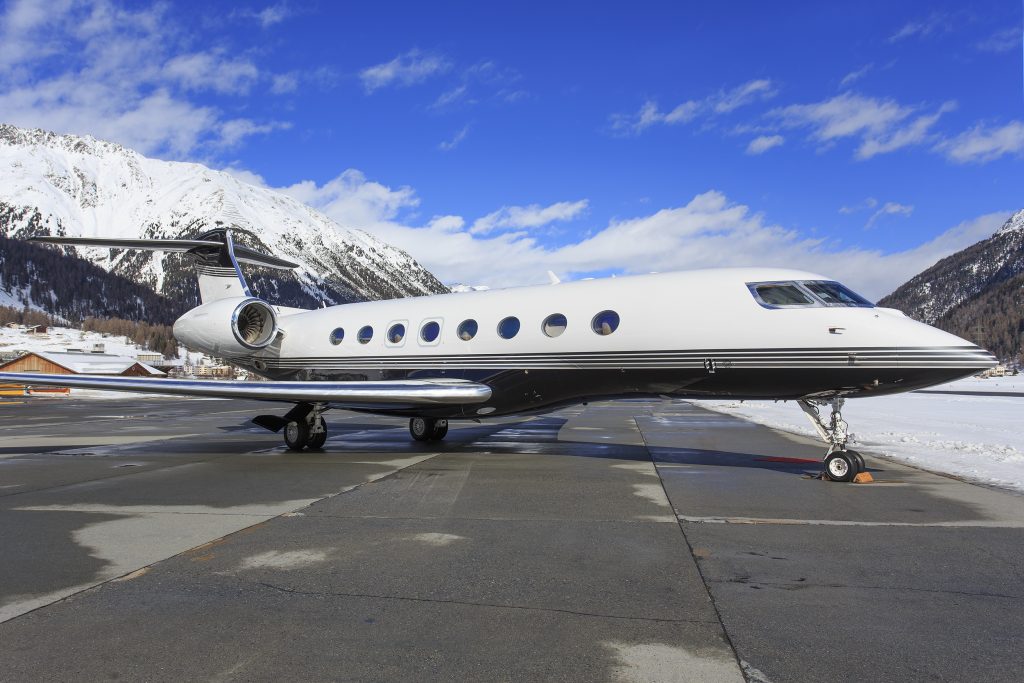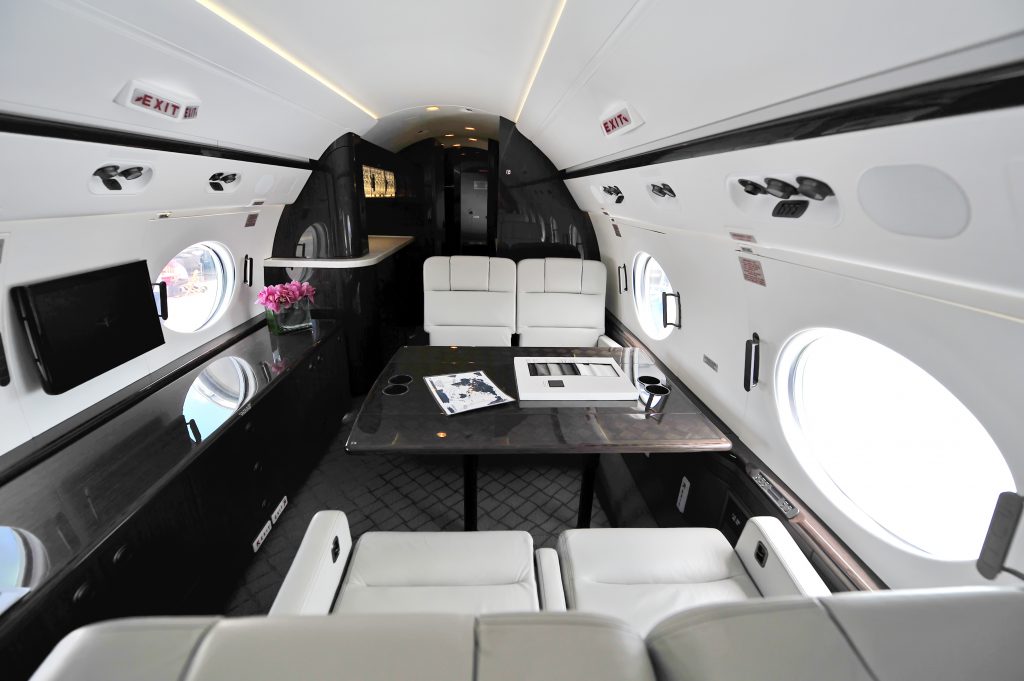Switch to:
 EN
EN  Português (PT)
Português (PT)  Español (ES)
Español (ES)
Although this question may seem simple, it is certainly on the minds of many air transport users, especially those in business aviation. There are a number of reasons that explain the advantages of paintwork, especially on airplanes, being mostly white and having few aesthetic decorations.
Personalization: An Owner’s Choice
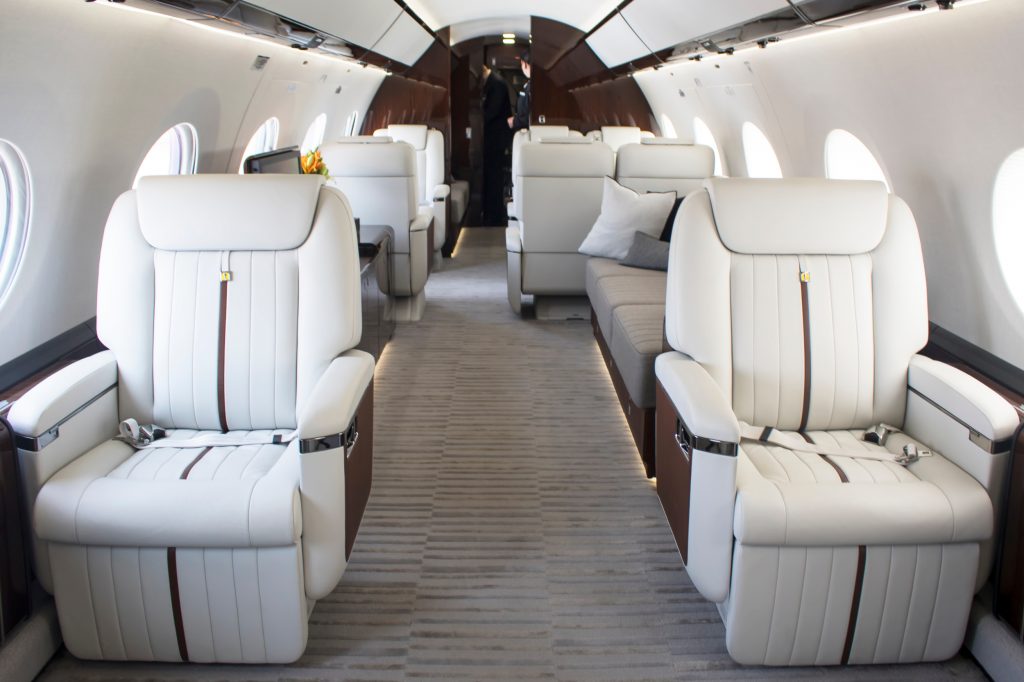
When purchasing a new aircraft directly from the manufacturer, its owner — whether it is a purely private operator or an air taxi company — can customize it in whatever way is most convenient. The characterizations begin with the interior of the passenger cabin, where all details are customizable and directly impact the final cost of purchasing the aircraft.
Some operators, for reasons ranging from a business model that aims to use the aircraft as a work and productivity tool to the ease of selling an aircraft that has light colors, opt for more spartan (but no less comfortable and refined) interiors, valuing connectivity and choosing items that allow passengers to use Wi-Fi internet via satellite, for example. Other operators aim at comfort on long journeys, opting for different types of seats, state-of-the-art sound systems, interior lighting with LED-type lights with millions of color possibilities, in addition to many other “treats”.
Interior and Exterior: Parts of the Same Equation
As much as there are modifications of the most varied types on the inside of the aircraft, there is a commonality among aircraft regarding external adornments. Executive aircraft, regardless of the category they fall into — whether long-range jets, light jets, twin-engine or single-engine turboprops or piston engines — are mostly painted in white tones. Discrete decorations on the fuselage, usually in sober and very elegant colors, can be part of the aircraft’s customization. The adoption of white tones occurs for several reasons, ranging from the cost factor to the comfort factor. Shall we then understand these reasons?
Weight Reduction
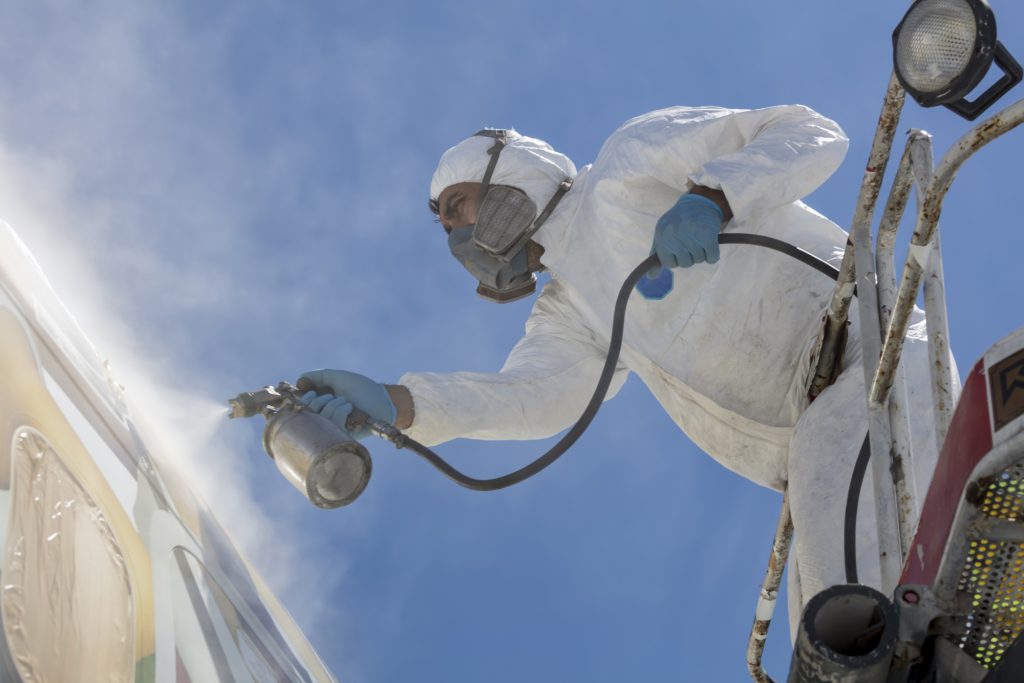
Unlike large commercial aircraft, many executive aircraft models have less weight capacity available to be added before takeoff. Before each flight, crew and/or a team of operational technical dispatchers perform a series of weight, balance, and performance calculations. The greater the weight of the aircraft, the greater the runway required for the operation and, consequently, the smaller the availability of weight for passengers, fuel, and luggage. Flight autonomy is also compromised, as more weight also leads to higher hourly fuel consumption.
So that the equation is not compromised, making flights less profitable and productive, the adoption of the color white is a key factor in reducing the basic weight of the aircraft. Applying the white tint requires fewer coats of paint on the fuselage, making the plane lighter. Designs that are too colorful require several coats of paint, increasing the weight and penalizing the entire performance of the aircraft.
On large business jets such as the Falcon 7X or Gulfstream G550, up to 150kg of white paint may be needed to complete the paint scheme. If the application of colored paint is used, this weight can even double. If we consider that 300 kg can correspond to the weight of up to 3 adults and a child of up to ten years old, we see that it makes perfect sense to keep basic paint designs.
Discretion
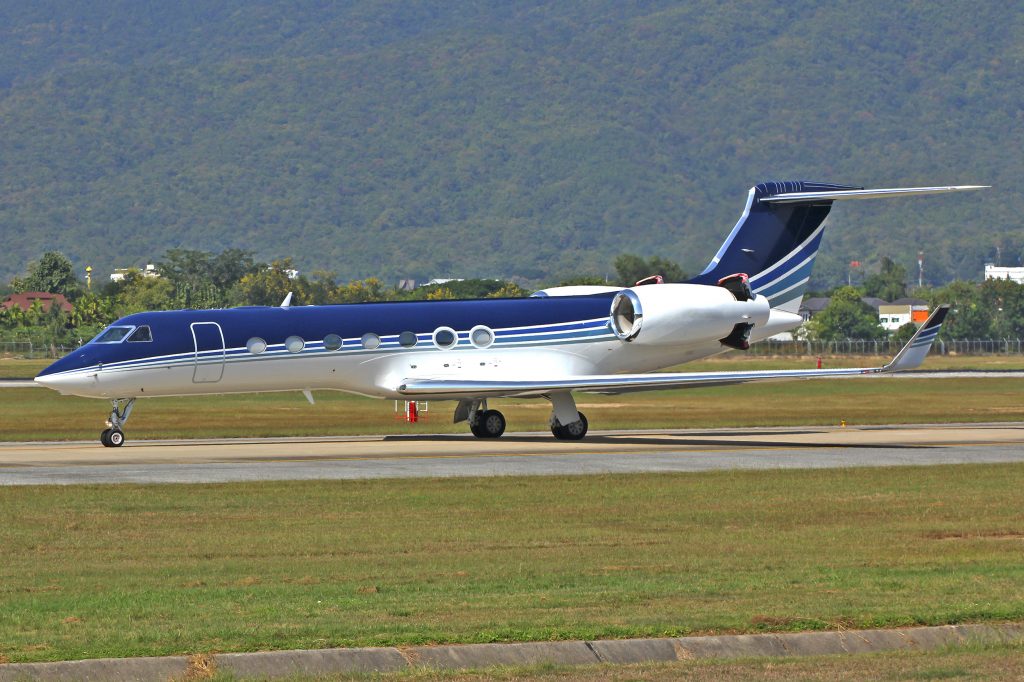
Several executive aviation users choose to use this market niche due to factors such as agility, productivity gains, and the ability to travel to locations that are not served by regular flights. However, there is another very important factor: discretion.
When a business aircraft does not have striking designs, insignia, and paintwork, the owner’s choice has certainly taken into account the possibility of not becoming the center of attention at the airports through which the plane will transit.
And this occurs for a number of reasons: in addition to preserving the safety of passengers, the characteristic of the flight becomes unknown to the general public, allowing for deals to be concluded in a more confidential manner. When an executive plane is seen at an airport, whether in a large city center or in a small city, it is difficult for those nearby to know who the passengers are, who owns the aircraft and, also, the origin or destination of that flight.
Ease of Maintenance
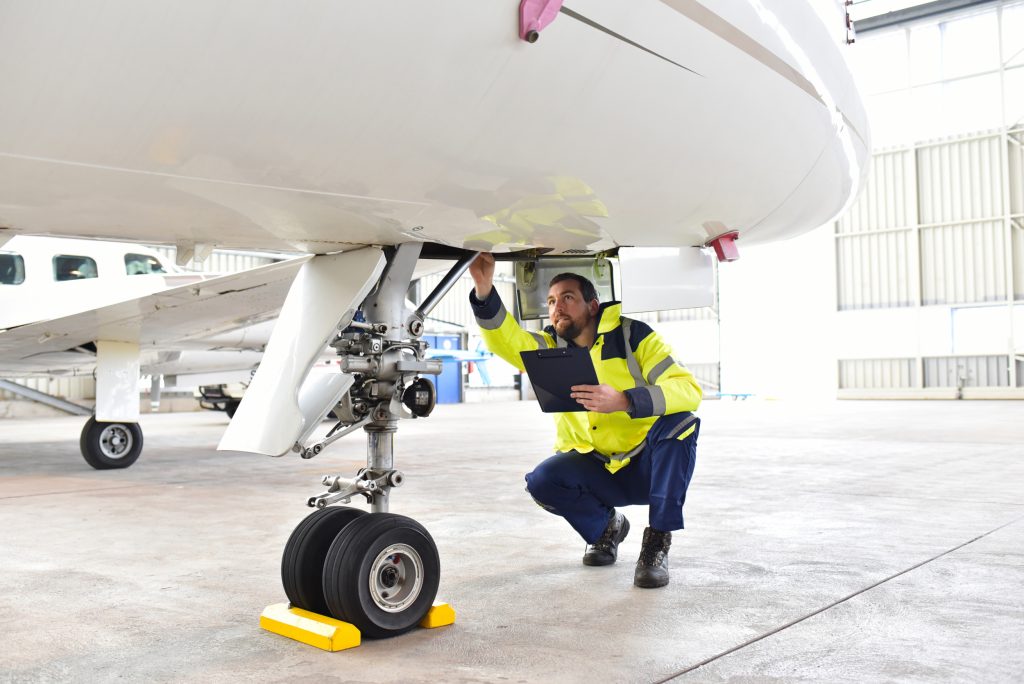
Still thinking about the flexibility allowed by executive aviation, its users need the aircraft to be available practically immediately. Even so, maintenance cannot be neglected: any operator is obliged to faithfully follow the manufacturer’s recommendations regarding its mandatory overhauls and maintenance schedules. Therefore, it is inevitable that the plane will need to spend a few weeks of the year under maintenance.
When the color white is adopted, the work of mechanics becomes faster and easier. The identification of leaks and corrosion becomes simpler to the naked eye, and even eventual structural problems can be identified more easily. As a result, the maintenance team’s work becomes simpler and less expensive, and the plane consequently spends less time stopped in a hangar. Identifying a problem early on can prevent the aircraft from going out of service for more than sixty days, as is relatively often the case in the aviation world.
Heat Retention
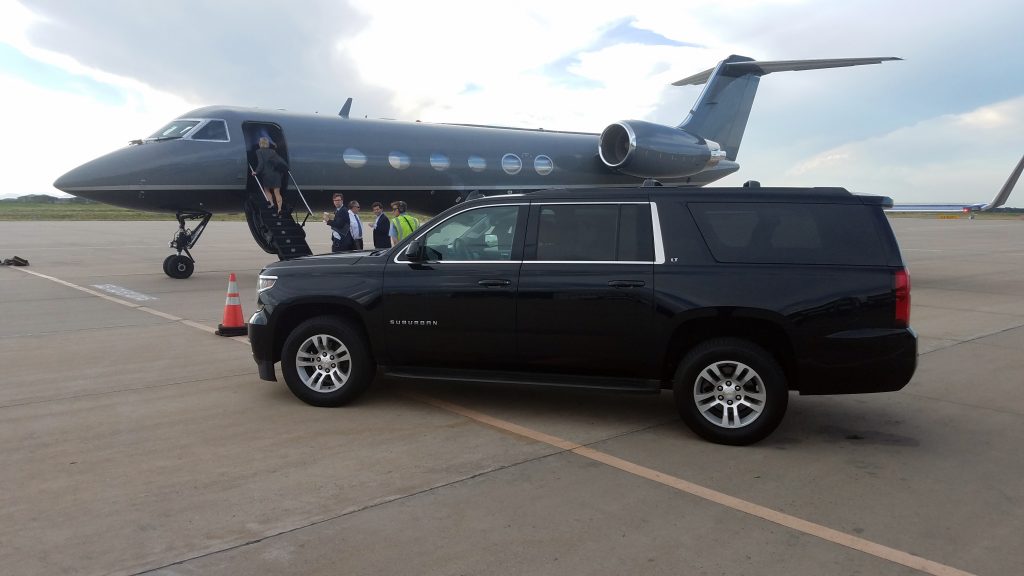
Perhaps this is one of the biggest advantages of using white paint on airplanes: it retains much less heat. Therefore, the plane’s cabin is even less uncomfortable when the flight is carried out to places with high temperatures – very common in all regions of Brazil.
The principle of heat retention is the same as seen in passenger cars: if your black car (or any other dark color) is exposed to the sun for several hours, its interior will become a real oven. It will take several minutes for the air conditioner to cool passengers efficiently, and the car’s fuel consumption will also be higher.
On an airplane, this is no different. If the completely dark aircraft that is exposed to sunlight has its own auxiliary power unit — technically called an APU, an acronym for Auxiliary Power Unit, a small engine usually installed in the rear of the aircraft — that engine will need to remain running for a longer period of time to keep the cabin cool between flights. This increases fuel consumption and, of course, contributes negatively to the emission of polluting gasses into the atmosphere.
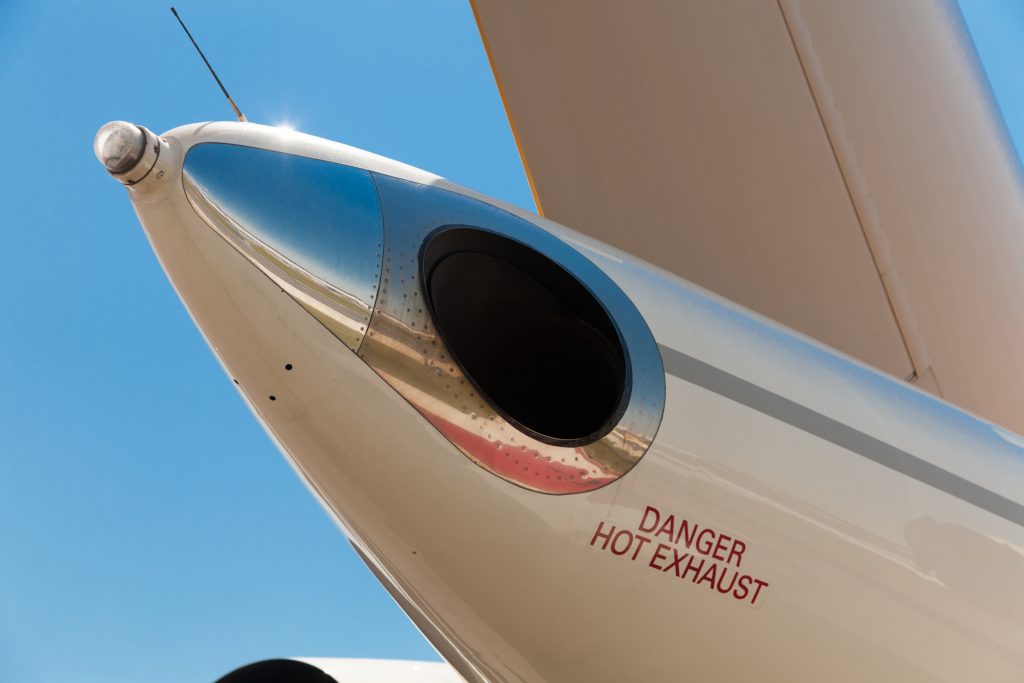
On planes that do not have an APU, but that are parked in airports or hangars with better infrastructure, a specific external air conditioner for use in aircraft can also be utilized. These can be electrical equipment or powered by a diesel engine. Likewise, this equipment will need to be in operation longer to keep the cabin pleasant, which is not economically beneficial for the operator, as well as not being smart from an environmental point of view.
Now that you know the main details about the paintwork applied to executive jets, when boarding any Flapper flight — whether on our Empty Legs, or on chartered flights dedicated exclusively to you — all these details will certainly be more closely appreciated. In aviation, everything happens for a reason – thought, studied, and foreseen by the engineering team responsible for the design and production of the aircraft. And all this is elaborated with the thought in the final link of this chain: you, who are more than a passenger, are our client.

